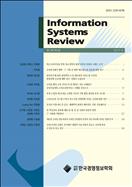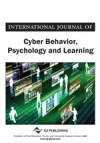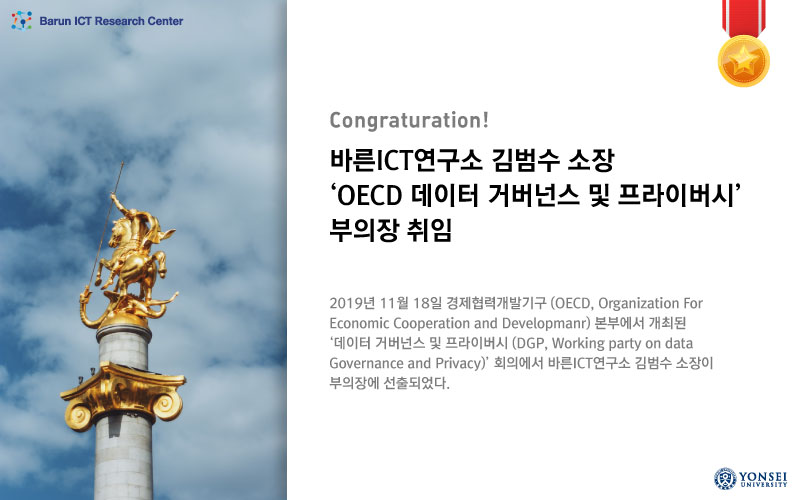[초록] 본 연구는 언론보도에 따라 소비자들의 이동통신비에 대한 인식에 어떤 변화가 발생하는지를 실험 연구를 통해 검증하고 이에 대한 정책적 시사점을 제시하였다. 무작위로 선발된 대상자를 4개의 집단(통제집단, 고비용 언론보도 노출 집단, 저비용 언론보도 노출 집단, 동시 노출 집단)에 배정한 후 언론보도에 대한 신뢰성 및 중립성, 자신의 생각과의 일치 정도, 이동통신비에 대한 인식을 측정하였다. 분산분석 결과, 소비자들은 저비용 언론보도보다 고비용 언론보도를 더 신뢰 하고 중립적이라고 평가하였다. 그러나 공변량 분석으로 통해 언론보도와 자신의 생각과의 일치 정도를 제거할 경우, 분산 분석에서 나타났던 신뢰성과 중립성의 차이는 사라짐을 확인하였다. 또한 소비자들은 언론보도와 무관하게 이동통신비가 비싸다는 인식을 가지고 있었으며, 이동통신비가 비싸다는 기존의 인식이 새로운 정보를 받아들이지 못하게 방해하고 있음 을 확인할 수 있었다. 따라서 가계통신비 인하에 대한 사회적 압력을 해소하기 위해서는 이동통신비가 비싸다는 소비자들 의 고정관념을 변화시켜야 할 것이며, 프레이밍을 활용한 향후 연구도 고려할 수 있다.
[Abstract] This paper examined how consumers’ attitude toward the telecommunication expense was affected by news reports through the experiment. Participants were randomly assigned to one of four group (control group, high-expense-claimed-media group, low-expense-claimed-media group, and both-exposed-media group), and asked to indicate credibility & neutrality toward media report, similarity between media report, and their own thought, their attitude toward the telecommunication expense. The result of ANOVA showed that the high-expense-claimed-media was perceived more credible and neutral than the low-expense-claimed-media. ANCOVA was conducted to eliminate the impact of similarity between media report and their own thought on the evaluation of credibility & neutrality toward media report, and the result showed that there was no difference. Also, participants evaluated the telecommunication service so expensive, regardless of what kind of media reports they were exposed. We found that consumers’ prior belief, which telecommunication service was expensive, might interrupt consumers’ learning process for new information from media. To resolve the social pressure about mobile service rate-cutting, it is necessary to investigate how to dampen consumers’ stereotype about the telecommunication expense. The future research using the framing effect could be considerable.
[Abstract] This paper examined how consumers’ attitude toward the telecommunication expense was affected by news reports through the experiment. Participants were randomly assigned to one of four group (control group, high-expense-claimed-media group, low-expense-claimed-media group, and both-exposed-media group), and asked to indicate credibility & neutrality toward media report, similarity between media report, and their own thought, their attitude toward the telecommunication expense. The result of ANOVA showed that the high-expense-claimed-media was perceived more credible and neutral than the low-expense-claimed-media. ANCOVA was conducted to eliminate the impact of similarity between media report and their own thought on the evaluation of credibility & neutrality toward media report, and the result showed that there was no difference. Also, participants evaluated the telecommunication service so expensive, regardless of what kind of media reports they were exposed. We found that consumers’ prior belief, which telecommunication service was expensive, might interrupt consumers’ learning process for new information from media. To resolve the social pressure about mobile service rate-cutting, it is necessary to investigate how to dampen consumers’ stereotype about the telecommunication expense. The future research using the framing effect could be considerable.






